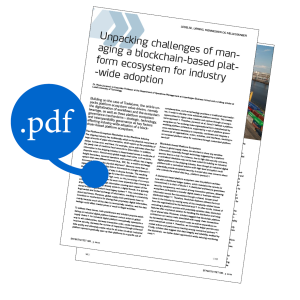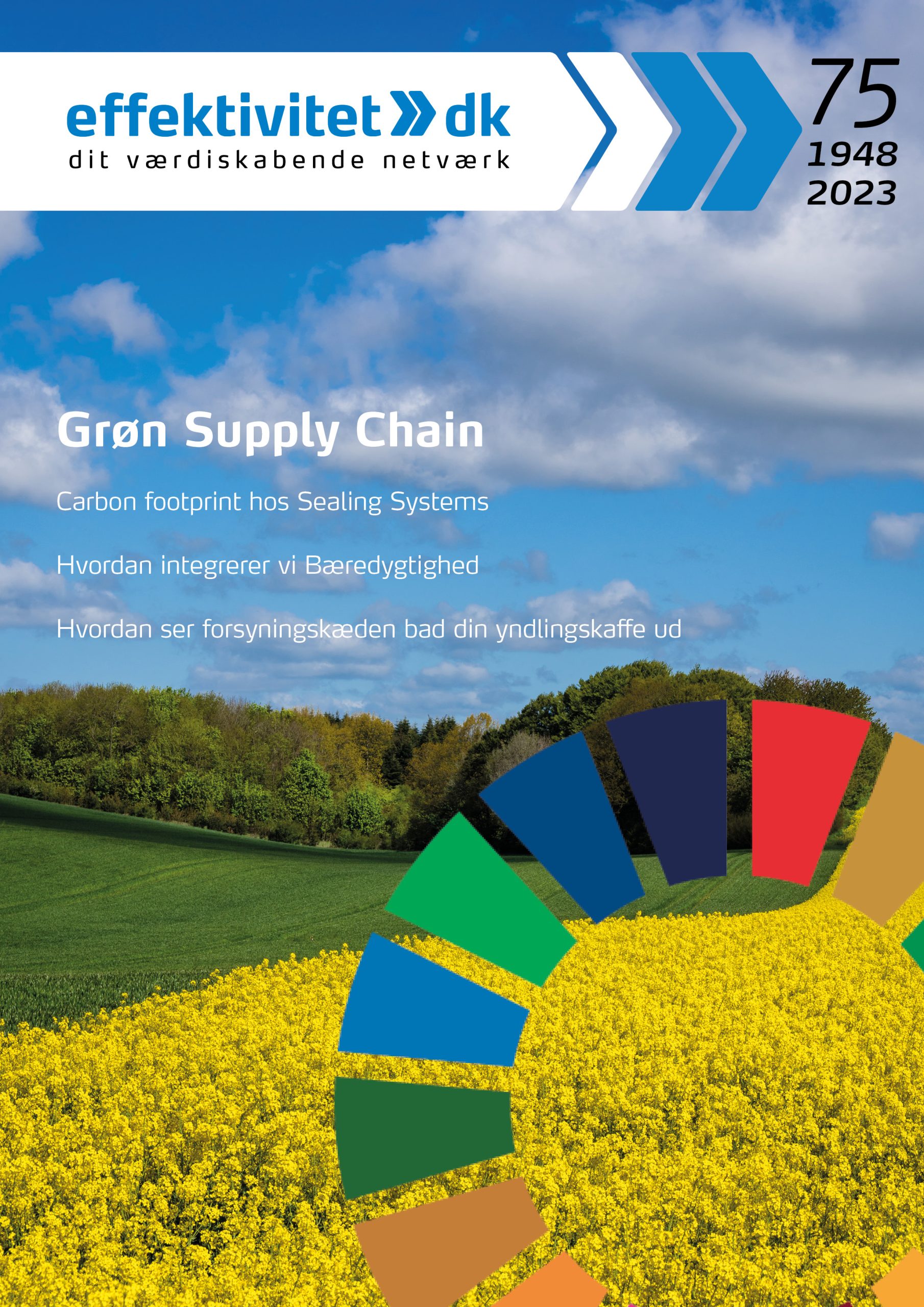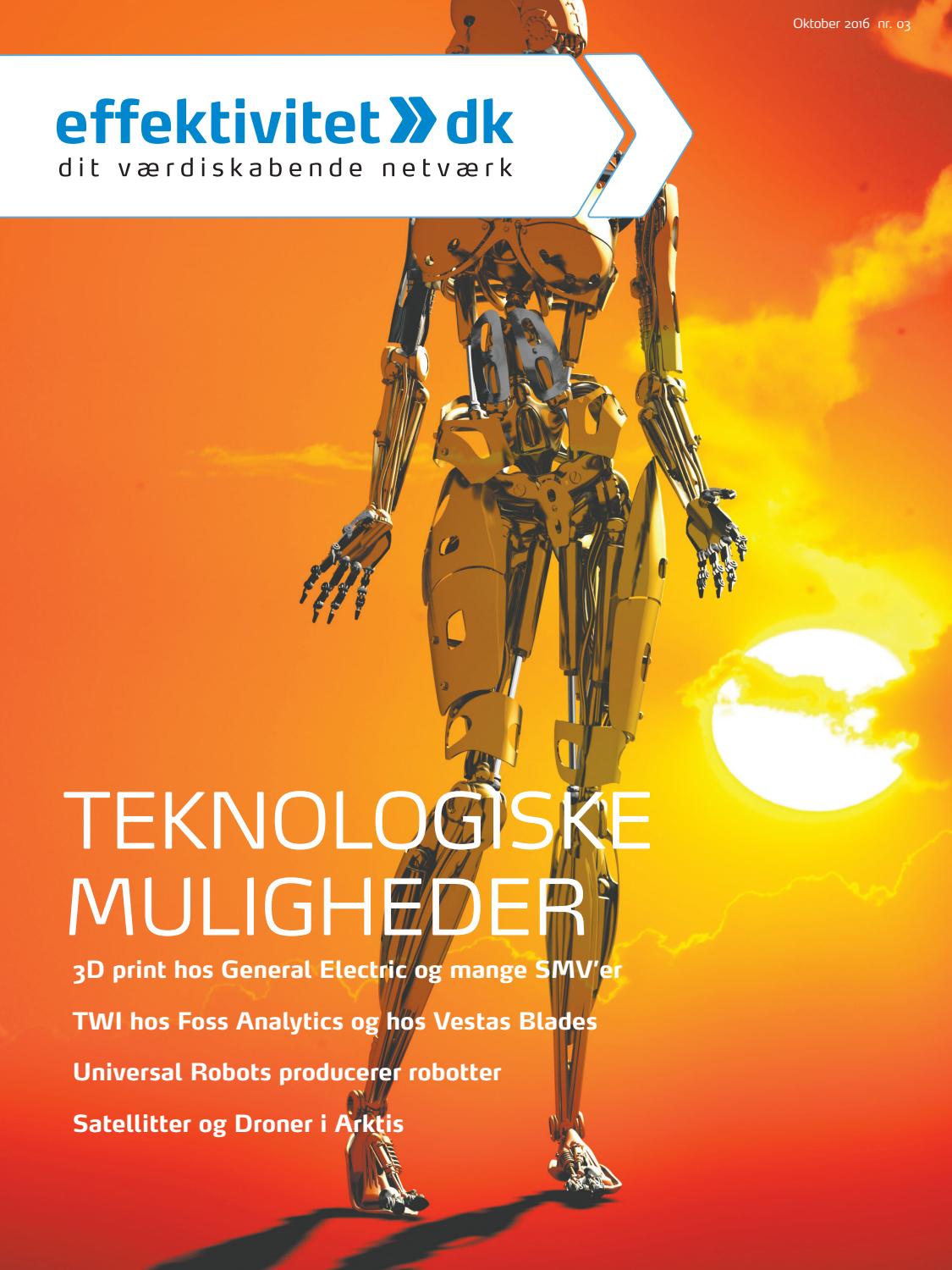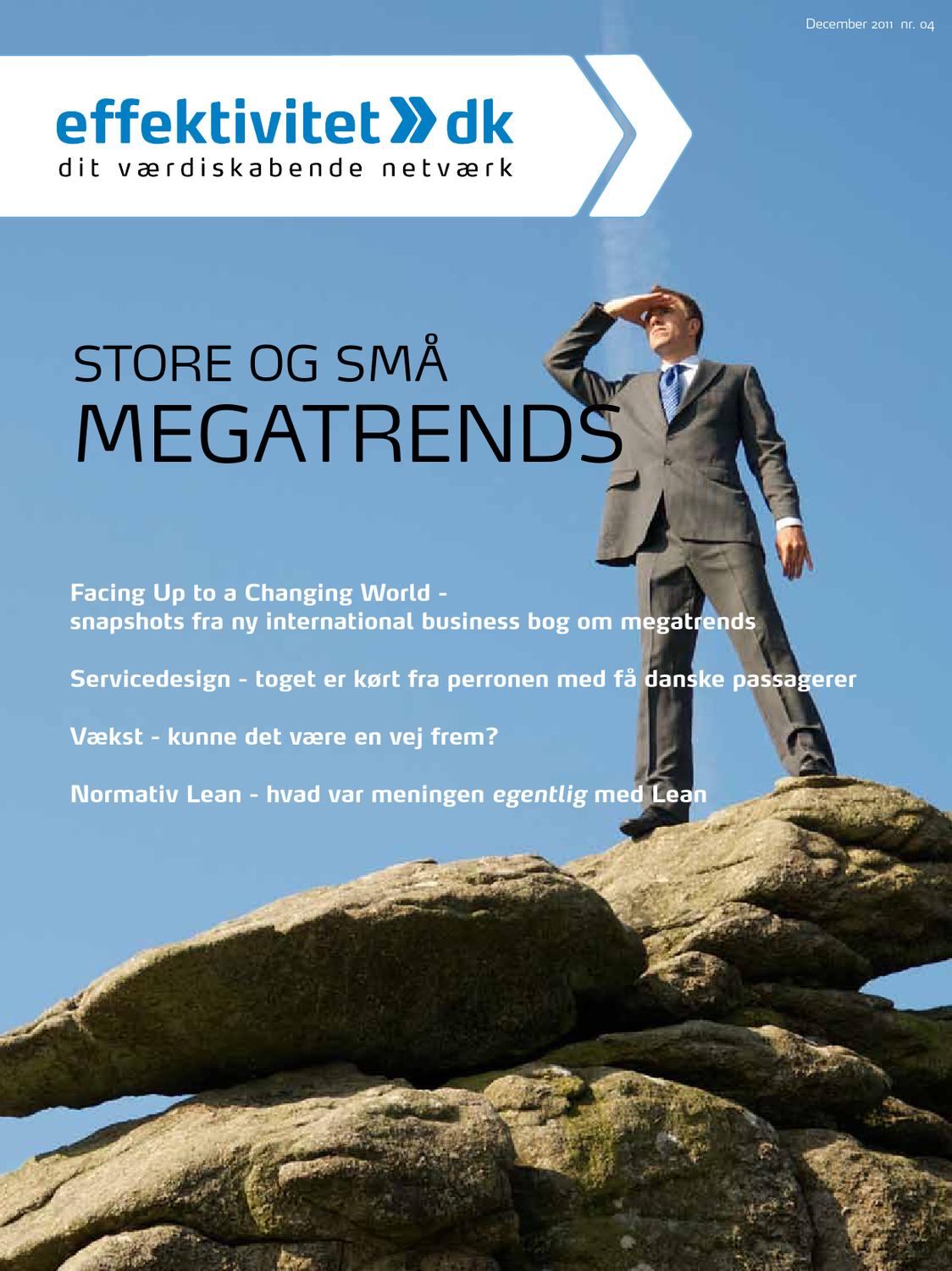 Building on the case of TradeLens, the article unpacks platform ecosystem value drivers, namely the digitalization of workflows and the ecosystem leverage, as well as three platform ecosystem governance mechanisms – strategic, technology, and interoperability governance as key factors affecting industry-wide adoption of a blockchain-based platform ecosystem.
Building on the case of TradeLens, the article unpacks platform ecosystem value drivers, namely the digitalization of workflows and the ecosystem leverage, as well as three platform ecosystem governance mechanisms – strategic, technology, and interoperability governance as key factors affecting industry-wide adoption of a blockchain-based platform ecosystem.
-
The Platform Ecosystem Revolution in the Maritime Industry
The shipping industry has traditionally relied on the physical movement of large amounts of paper documentation, which opens up the possibility of delays, human error, and fraud. For example, some estimates show that the yearly cost of maritime fraud amounts to $600 billion. In addition, information in the shipping industry is disseminated across a multitude of disparate actors. Almost every global supply chain actor, such as ports, freight forwarders, terminal operators, and customs offices, has a legacy system that uses different formats (e.g., EDI, fax, e-mail) to exchange documents following the physical shipment 1. Because more than 30 organizations can be sharing data or documents in a single shipment 2, they produce large amounts of data in diverse formats. The resulting complexity presents a challenge for inter-firm coordination, creates operational delays, and involves high costs, as the processing of accompanying trade documentation can be even more expensive than moving an actual shipment. Even though information covering each aspect of the shipment journey typically already exists in a digital format, it is typically stored in each organization’s local legacy system 2. This culminates in a fragmented and limited exchange of information, resulting in uncertainty about lead times. Moreover, global supply chain participants have no incentives or mechanisms for sharing their proprietary digital information, mainly because much of the data is commercially sensitive, and the data leakage could affect market prices or result in illegal activities.

To address these issues, both practitioners and scholars propose establishing an industrial digital platform between various actors in global supply chains 3. An industrial digital platform conceptually represents a way to aid collaboration, decrease transaction costs, create transparency, improve security, decrease the number of inspections through enhanced data quality and ultimately create value for all actors involved. Industrial platform sponsors gradually open up their platforms to a specific set of complementors, such as technology providers or traditional intermediaries, in order to develop more advanced platform services. This creates opportunities for higher value creation and capture through an ecosystems approach 4. Therefore, Jovanovic et al. (2022) 3 defined a platform ecosystem as “an evolving meta-organizational form characterized by enabling platform architecture, supported by a set of platform governance mechanisms necessary to cooperate, coordinate and integrate a diverse set of organizations, actors, activities, and interfaces, resulting in an increased platform value for customers through customized platform services”.
-
Blockchain-based Platform Ecosystems
Actors in global supply chains are reluctant to share any sensitive information, especially through technology suggested by a platform sponsor that is a rival. For instance, due to high data security concerns, a centralized database may not be best suited for building an industrial digital platform in the shipping industry. Even though an industrial digital platform with a centralized solution with high-level encryption could potentially provide acceptable security, it would also raise concerns about who controls the shared data (e.g., platform sponsor) 2.
A blockchain-based platform ecosystem uses the platform architecture with a distributed ledger system, which maintains the records (or transactions) in a chain of blocks 5. A distributed architecture guarantees security, transparency, and control among transaction partners, allowing ecosystem participants to transfer digital assets or business-relevant information across firm boundaries through a shared, tamper-proof distributed ledger 6,7. Therefore, blockchain features address the trust issue in the industry by moving some of the complexity-related issues from the organizational to the technical level 8. In other words, instead of entrusting a platform sponsor with potentially sensitive data, blockchain features offer a technical solution for handling the distribution and integrity of shared data. Moreover, scholars suggest that blockchain platform architecture can reduce costs associated with supply chain transactions by decreasing information and search costs as well as expenditure on post-contractual control 9. Therefore, an immutable ledger permits automated actions and performance tracking among contractual partners 10. Finally, scholars also suggest that data integrity and reliability, enabled by the blockchain, can better detect opportunism while reducing monitoring costs 11.
-
The case of TradeLens
The proliferation of blockchain-based platform ecosystems in recent years has prompted scholars across various disciplines to explore the conditions leading to their successful deployment. However, developing a blockchain-based platform ecosystem creates various challenges for the platform sponsor that may influence industry-wide adoption and, ultimately, the platform’s success.
The study by Jovanovic et al. (2022) 12 follows the development of TradeLens, a leading global shipping platform ecosystem underpinned by blockchain technology. The study examines the factors affecting industry-wide adoption among global supply chain actors by unpacking platform value drivers and platform governance mechanisms identified at TradeLens. The study reveals that the platform value hinges on the digitalization of workflows and the ecosystem leverage, the platform governance includes strategic (off-chain), technology (on-chain), and interoperability (on- and off-chain) governance — as mechanisms for effectively managing a blockchain-based platform ecosystem.

-
Implications for research and practice
The study unpacks the most important factors in managing a blockchain-based platform ecosystem in the shipping industry. The study extends, in several ways, the literature on platform ecosystems supported by blockchain technology in the context of global supply chains and the platform literature more broadly.
While blockchain-based platform ecosystems serve as a promising vehicle for digital transformation in data-sensitive industries, the potential value of a blockchain-based platform ecosystem that will legitimize industry-wide adoption needs to be clearly conceptualized and communicated. The study shows that platform value is affected by both blockchain-based and platform ecosystem features. In particular, the digitalization of workflows has unlocked organizational and cross-organizational data silos (e.g., data islands) and allowed for efficient end-to-end collaboration across the entire global supply chain. However, the value generated and prioritized may differ depending on the actor’s type and role in the ecosystem (e.g., authorities, ports, ocean carriers). Additionally, the data layer allowed for the creation of a marketplace that can be opened to specialized complementors to develop innovative solutions that expand the platform ecosystem value. High task-oriented interdependence among the global supply chain actors creates strong network effects, making crossing the chasm to industry-wide adoption critical for the long-term success of a platform ecosystem.
The study unpacks a set of key governance mechanisms for a blockchain-based platform ecosystem – strategic, technology, and interoperability governance. More specifically, due to the complex interplay between the blockchain-related governance and inter-organizational governance features, our study makes a distinction between on-chain and off-chain governance.
Strategic ecosystem governance safeguards platform ecosystem members from potential opportunistic behavior by other members or the platform sponsor. Studies have shown that platform sponsors use signaling to establish the role of a trusted intermediary or a trusted platform sponsor. This is particularly important for the industry-wide adoption of a blockchain-based platform ecosystem that connects “frenemy” actors. In this study, we show that establishing a neutral position of a platform sponsor positively affects industry-wide adoption, similar to standard-setting organizations and open-source communities. In our study, establishing an advisory board assured potential adopters that decisions on operations and future development of the platform ecosystem will be governed by a broader ecosystem. The study also contributes to the literature on participation architecture by highlighting the challenge of setting the right level of advisory board decentralization. This study finds that the platform sponsor must proactively work on the platform regulation and create bylaws for paperless trade because current laws and regulations do not adequately address the legal framework for digital and, especially, blockchain-based trade.
This research contributes to the emerging literature on interoperability governance by underscoring both interoperability with different legacy systems and competing platforms as vehicles to increase the perceived usability of the platform but also to decrease the risk of platform lock-in and platform-specific investments. Therefore, the study also highlights the importance of digital standards to strengthen blockchain-based platform adoption.
The study provides a perspective on technology ecosystem governance in the context of a blockchain-based platform ecosystem. In particular, this research has demonstrated that design choices of the blockchain platform architecture have important implications for governance and platform adoption. More specifically, the study provides evidence on emerging models to balance data access and permission management. Our research also provides a rare example of smart contract application in the context of the global supply chain.
Despite limitations to generalizability based on a single case, insights from this study provide valuable information for firms in other industries, which are developing or exploring blockchain-based platform ecosystems. Platform sponsors should carefully consider proposed design decisions when building a blockchain-based platform because these decisions will determine the platform characteristics (e.g., security, transparency) and influence the adoption decisions of other actors in the industry. Demonstrating value and building an appropriate governance structure help align the interests of various actors and promote the diffusion of an industry-wide blockchain-based platform ecosystem, irrespective of the particular industry. In addition, establishing a collaborative structure such as TradeLens’s customer advisory board can ensure the collective participation of representative members of heterogeneous groups, further increasing the likelihood of industry-wide platform adoption. Finally, ensuring the interoperability of a blockchain-based platform with legacy systems, as well as with other (potentially competing) blockchain-based platforms, can lead to increased efficiency and lower risk, which can incentivize a greater number of global supply chain actors to adopt a particular platform.
See more at: Jovanovic, M., Kostić, N., Sebastian, I. M., & Sedej, T. (2022). Managing a blockchain-based platform ecosystem for industry-wide adoption: The case of TradeLens. Technological Forecasting and Social Change, 184, 121981. https://doi.org/10.1016/j.techfore.2022.121981
References
- Lind, M. et al. The Future of Shipping: Collaboration Through Digital Data Sharing. in Maritime Informatics (eds. Lind, M., Michaelides, M., Ward, R. & T. Watson, R.) 137–149 (Springer International Publishing, 2021). doi:10.1007/978-3-030-50892-0_9.
- Jensen, T., Hedman, J. & Henningsson, S. How TradeLens Delivers Business Value With Blockchain Technology. MIS Q. Exec. 18, (2019).
- Jovanovic, M., Sjödin, D. & Parida, V. Co-evolution of platform architecture, platform services, and platform governance: Expanding the platform value of industrial digital platforms. Technovation 118, 102218 (2022).
- Jacobides, M. G., Cennamo, C. & Gawer, A. Towards a theory of ecosystems. Strateg. Manag. J. 39, 2255–2276 (2018).
- Schmeiss, J., Hoelzle, K. & Tech, R. P. G. Designing Governance Mechanisms in Platform Ecosystems: Addressing the Paradox of Openness through Blockchain Technology. Calif. Manage. Rev. 62, 121–143 (2019).
- Kumar, A., Liu, R. & Shan, Z. Is Blockchain a Silver Bullet for Supply Chain Management? Technical Challenges and Research Opportunities. Decis. Sci. 51, 8–37 (2020).
- Pereira, J., Tavalaei, M. M. & Ozalp, H. Blockchain-based platforms: Decentralized infrastructures and its boundary conditions. Technol. Forecast. Soc. Change 146, 94–102 (2019).
- Beck, R., Müller-Bloch, C., IT University of Copenhagen, King, J. L., & University of Michigan. Governance in the Blockchain Economy: A Framework and Research Agenda. J. Assoc. Inf. Syst. 1020–1034 (2018) doi:10.17705/1jais.00518.
- Kostić, N. & Sedej, T. Blockchain Technology, Inter-Organizational Relationships, and Management Accounting: A Synthesis and a Research Agenda. Account. Horiz. 36, 123–141 (2022).
- Schmidt, C. G. & Wagner, S. M. Blockchain and supply chain relations: A transaction cost theory perspective. J. Purch. Supply Manag. 25, 100552 (2019).
- Lumineau, F., Wang, W. & Schilke, O. Blockchain Governance—A New Way of Organizing Collaborations? Organ. Sci. 32, 500–521 (2021).
- Jovanovic, M., Kostić, N., Sebastian, I. M. & Sedej, T. Managing a blockchain-based platform ecosystem for industry-wide adoption: The case of TradeLens. Technol. Forecast. Soc. Change 184, 121981 (2022).


























































